The Venezuelan Troupial is a striking bird that boasts vibrant shades of orange and red against black, white, and blue. With its long tail and strong bill, it’s a relatively large bird. Its upper breast and head are black, while the feathers on the upper breast stick out, creating an uneven line between the black and orange of its lower breast and belly. You’ll also find orange on the upper and lower back, separated by black shoulders. With black wings and a white streak running the length of the wing when it’s closed, the yellow eyes of this bird are surrounded by bright blue bare skin. Photo credit goes to Laura Wolf/CC BY 2.0.
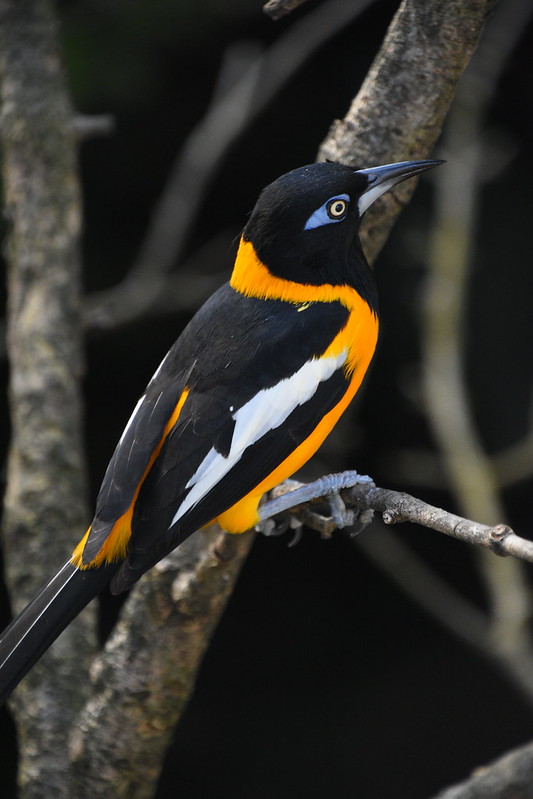
The picture credit goes to Amaury Laporte, who captured a magnificent shot of juvenile birds. They may look like adult birds, but they have paler features with a brownish tint over their black feathers. Moreover, the skin around their eyes is not as bright as their older counterparts.
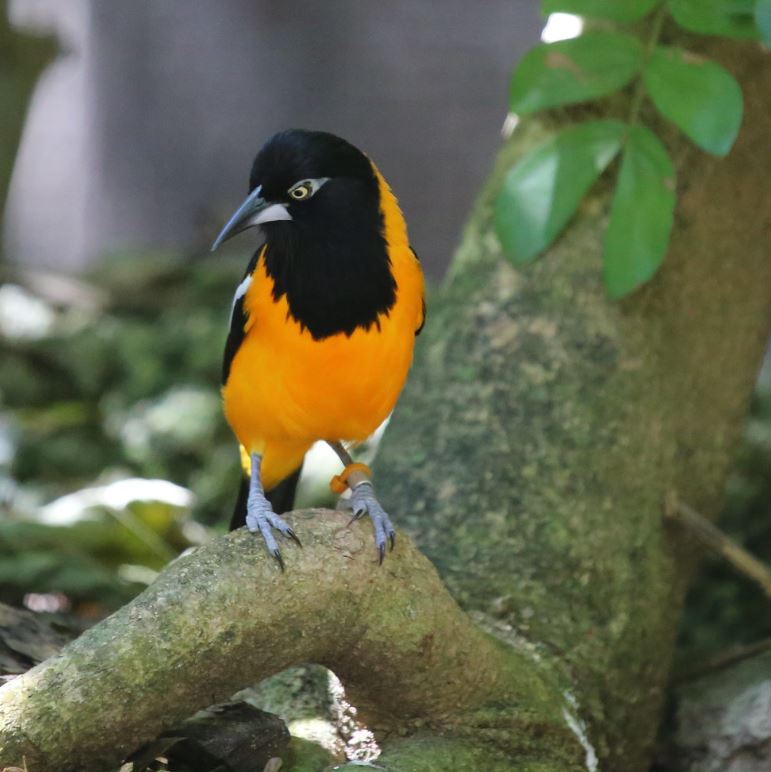
The bird pictured in this photograph, which is known as the national bird of Venezuela, can also be spotted in other locations such as Colombia and various Caribbean islands including Aruba, Curacao, Bonaire, Trinidad, and Puerto Rico.
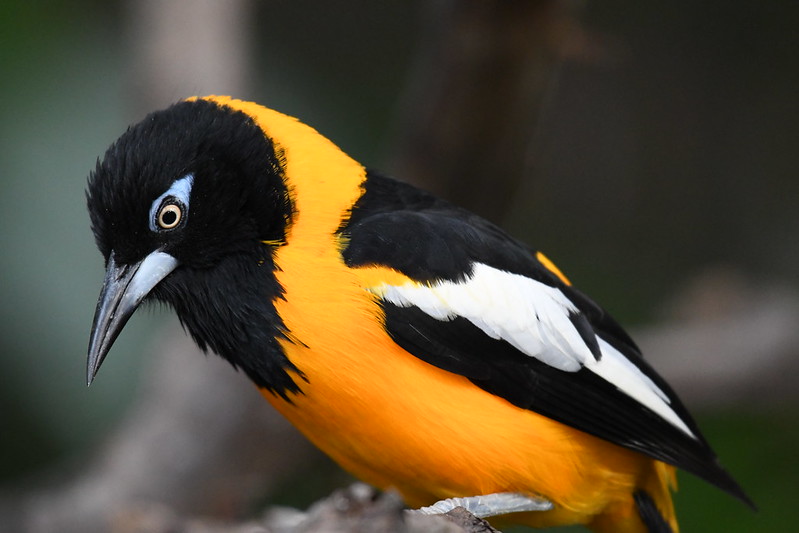
Laura Wolf’s photo shows that these birds have a fondness for woodland settings that boast abundant, leafy vegetation. They can often be found in areas with thick scrub growth and grasslands that have become overgrown, as well as in orchards. Additionally, these feathered friends are highly adaptable and can thrive in habitats that have been fragmented or that border on forests.
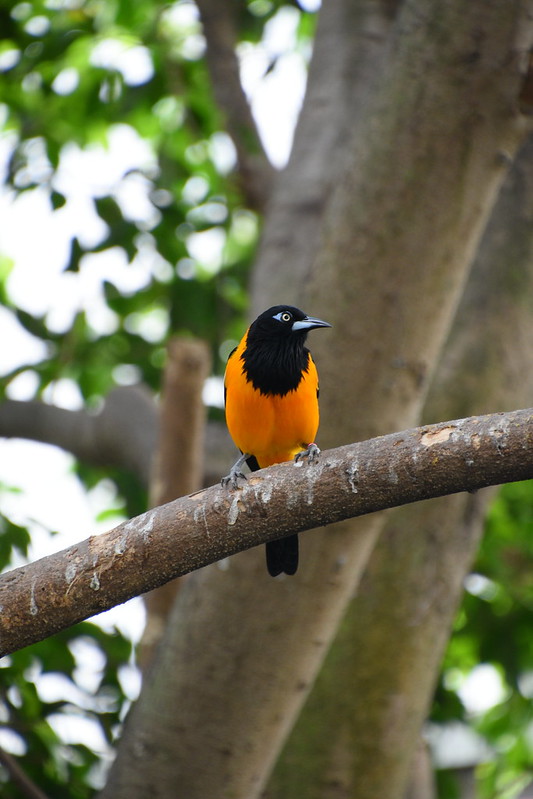
These birds are known for their omnivorous diet, which includes a variety of foods found in abundance in the tropical climate such as insects, fruits, berries, nectar, and seeds. In addition, they may also consume eggs and young birds from nests, and may even take advantage of nectar feeders if given the chance. This diverse palate allows them to thrive in their environment. The photo credit goes to Amaury Laporte/CC BY 2.0.
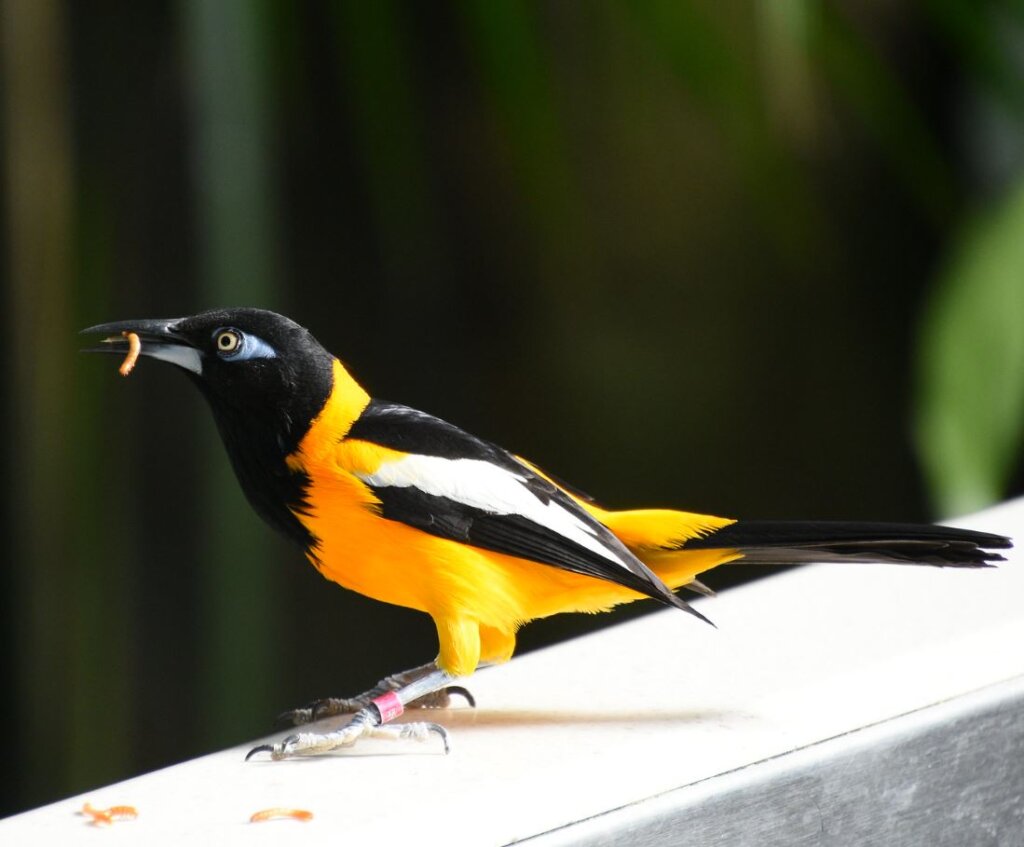
The Venezuelan troupials engage in breeding activities from March to September. However, they have a unique method of building nests. Rather than constructing their own, they are considered “nest pirates.” This means that they either search for an empty nest or take over an occupied one by driving the current residents out. They are notorious for their violent tactics against other birds who already established their nests. Once they claim a nest, they might consume any eggs or young chicks left behind and guard it fiercely against any potential intruders. Amaury Laporte/CC BY 2.0 captured an excellent photo of this fascinating bird species.
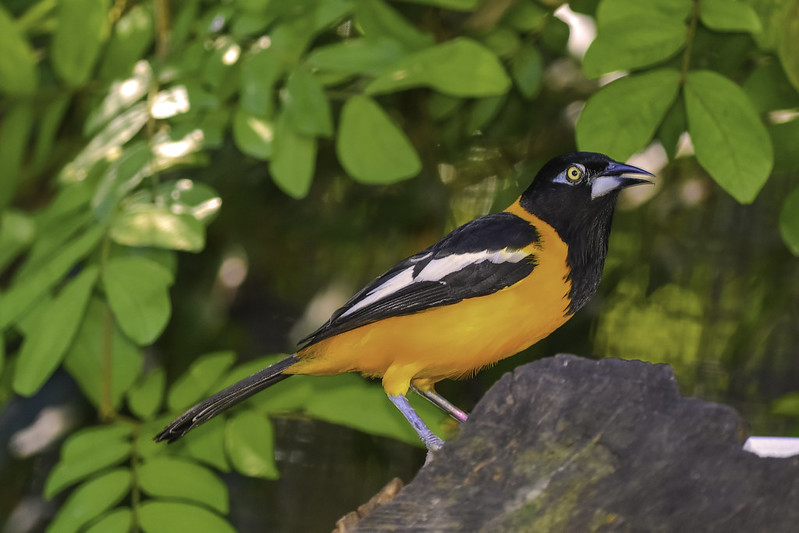
The photo credit goes to Charles Patrick Ewing/CC BY 2.0. This particular bird is not in danger and is classified as of Least Concern on the IUCN Red List. It is quite common in Venezuela, where over 1,300 of these birds have been spotted, making it a go-to spot for bird-watching tours.
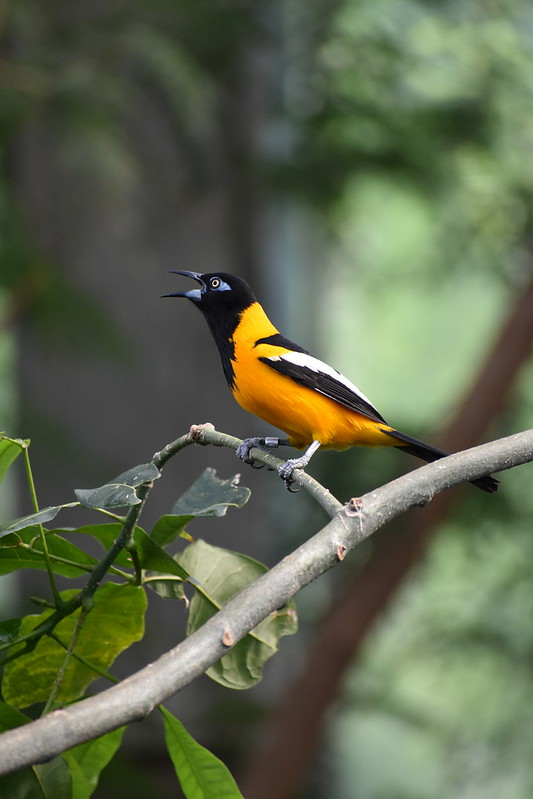
The featured picture is attributed to Laura Wolf under the Creative Commons license, version 2.0.
